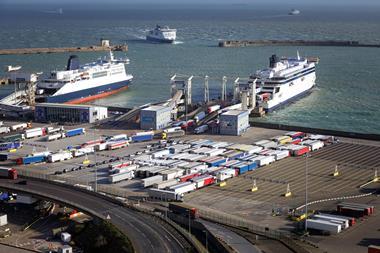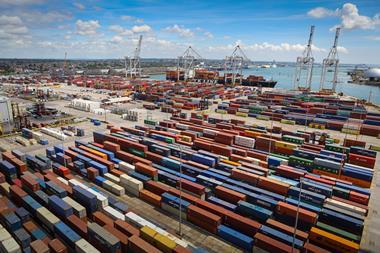
The planned departure date for Britain leaving the EU is fast approaching. Uncertainty over the outcome of Brexit remains a particular challenge for the food and drink industry due to its prolific two-way trade with the EU.
The UK and EU tried to reach an agreement by at least three separate dates in 2018 and failed – increasing the risk of a chaotic, no-deal scenario and causing sterling to weaken. Equally, when the market has become more optimistic that a deal has (or could be) achieved, sterling rallies. It is the single biggest driver of sterling exchange rate volatility.
Even if an amended Brexit deal were to be voted through the UK parliament and the EU parliament consented by simple majority to the withdrawal agreement, future trading arrangements could take years to finalise.
The range of Brexit outcomes and their potential impact makes hedging foreign exchange risk all the more important. The referendum result itself was a lesson in how to expect the unexpected and protect against big event risk where possible.
The first step would be to make sure you have undertaken a recent review of your foreign currency cashflows to ensure complete visibility of net exposures.
Opinion: Even healthy businesses have been put in a Brexit planning stranglehold
The second step is looking at your approach to those foreign exchange exposures and risks, and whether it remains appropriate for the level of risk the business can tolerate.
As a an example, if your business currently allows foreign currency to build to a certain volume before converting it, make sure you evaluate what impact a 10% adverse move would have on your P&L. If that impact is greater than you are prepared to tolerate, you need to hedge against such a move. If your business currently only hedges for shorter periods, say the next few months, how would a 10% adverse move affect the unhedged cashflows? Again, if the impact is greater than the business is willing to tolerate, consider hedging for longer periods to give you greater certainty. Avoid over-hedging by reducing the percentage amount you hedge further out into the forecast period.
The third step is to review what hedging you have in place (if any). If you have a foreign exchange policy, are you in adherence with it?
While it is almost impossible to eliminate foreign exchange risk entirely and the prospect of attempting to hedge can seem either too time-consuming or too complex, the impact on your business’ P&L of not hedging can be devastating. As such, the foreign exchange hedging products that companies choose need to be fully understood and need to provide the total amount of hedging sought.
Simply put, the choice is between following a recipe with a known outcome versus just guessing and hoping for the best. As you’d expect, the former is far more likely to deliver a positive outcome.
Andy Scott is associate director at JCRA















No comments yet